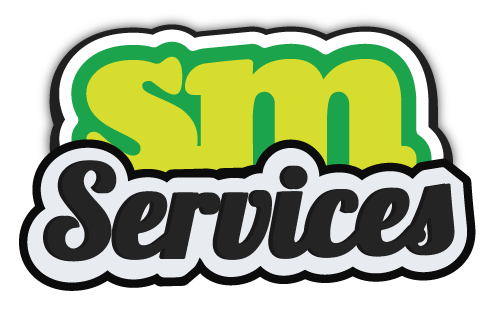
In the evolving landscape of medical marijuana, dispensaries are finding themselves in a highly competitive market. As more states legalize medical cannabis, the need for effective marketing strategies becomes paramount. One of the most powerful tools at a dispensary’s disposal is search engine marketing (SEM), including Cannabis SEO. This approach not only enhances visibility but also connects dispensaries with the patients who need their products the most.
What is search engine optimization? It involves techniques designed to increase a website’s organic visibility and credibility on search engine results pages (SERPs). This can be especially impactful in the cannabis sector, where Cannabis SEO helps navigate industry-specific challenges.
Understanding Search Engine Marketing
Search engine marketing encompasses various techniques designed to increase a website’s visibility on search engine results pages (SERPs). SEM includes both paid advertising (like pay-per-click or PPC) and organic search engine optimization (SEO). What is search engine optimization? It is a key component of SEM that focuses on boosting a site’s authority and rankings organically. For medical marijuana dispensaries, SEM is particularly relevant, given the unique challenges they face in a regulated industry where traditional advertising options may be limited.
Enhanced Visibility in a Competitive Market
One of the primary benefits of SEM is enhanced visibility. In a crowded marketplace, standing out on SERPs is crucial for attracting potential patients. By targeting specific medical marijuana keywords and implementing Cannabis SEO strategies, dispensaries can ensure they appear when individuals search for relevant products or services. This visibility translates directly into increased foot traffic and online sales, as more potential customers discover the dispensary through organic or paid search results.
Attracting a Targeted Audience
Search engine marketing enables dispensaries to reach a targeted audience effectively. By using targeted keywords and crafting tailored ad campaigns based on demographics and location, dispensaries can connect with potential patients who are actively searching for medical cannabis solutions. Understanding user intent—what patients are looking for—helps create relevant ads that speak directly to their needs, thereby improving engagement and conversion rates.
Building Credibility and Trust
In an industry where trust is essential, SEM plays a significant role in establishing brand authority. Well-crafted ads can position a dispensary as a reliable source for medical marijuana products. Additionally, leveraging testimonials and positive reviews in SEM campaigns enhances credibility, as potential patients are more likely to trust the experiences of others. Adhering to advertising regulations also reinforces this trust, showing patients that the dispensary prioritizes compliance and ethical practices.
Cost-Effectiveness of Search Engine Marketing
When compared to traditional advertising methods, SEM can be more cost-effective. Dispensaries can set and adjust budgets to maximize their return on investment (ROI). The ability to track performance metrics, such as click-through rates and conversions, allows businesses to refine their marketing strategies continuously. This data-driven approach ensures that resources are allocated efficiently, enhancing overall effectiveness.
Local Marketing Benefits
Local SEO is vital for medical marijuana dispensaries, as many patients prefer to find products nearby. SEM allows for geo-targeting, which increases visibility in specific regions and helps dispensaries attract local patients. Creating location-based ad campaigns ensures that nearby individuals receive timely information about products and promotions, driving more foot traffic to physical locations.
Adapting to Regulatory Changes
The cannabis industry is subject to constant regulatory changes, and SEM offers the flexibility needed to adapt quickly. Unlike traditional marketing, which may require extensive planning and resources, SEM can be adjusted in real time to comply with new regulations or shifts in the market. This adaptability positions dispensaries to stay ahead of the competition and respond proactively to industry developments.
Medical marijuana search engine marketing is an invaluable tool for dispensaries looking to enhance their brand visibility, connect with targeted audiences, and build trust in a competitive marketplace. By investing in SEM, dispensaries can navigate the complexities of digital marketing while ensuring compliance and maximizing ROI. At Seedless Media, we offer a range of services to help dispensaries thrive, including PPC Google Ads, display advertising, SEO, email marketing, text message marketing, website development, and cannabis social media marketing. Partner with us to elevate your dispensary’s online presence and drive meaningful growth.





